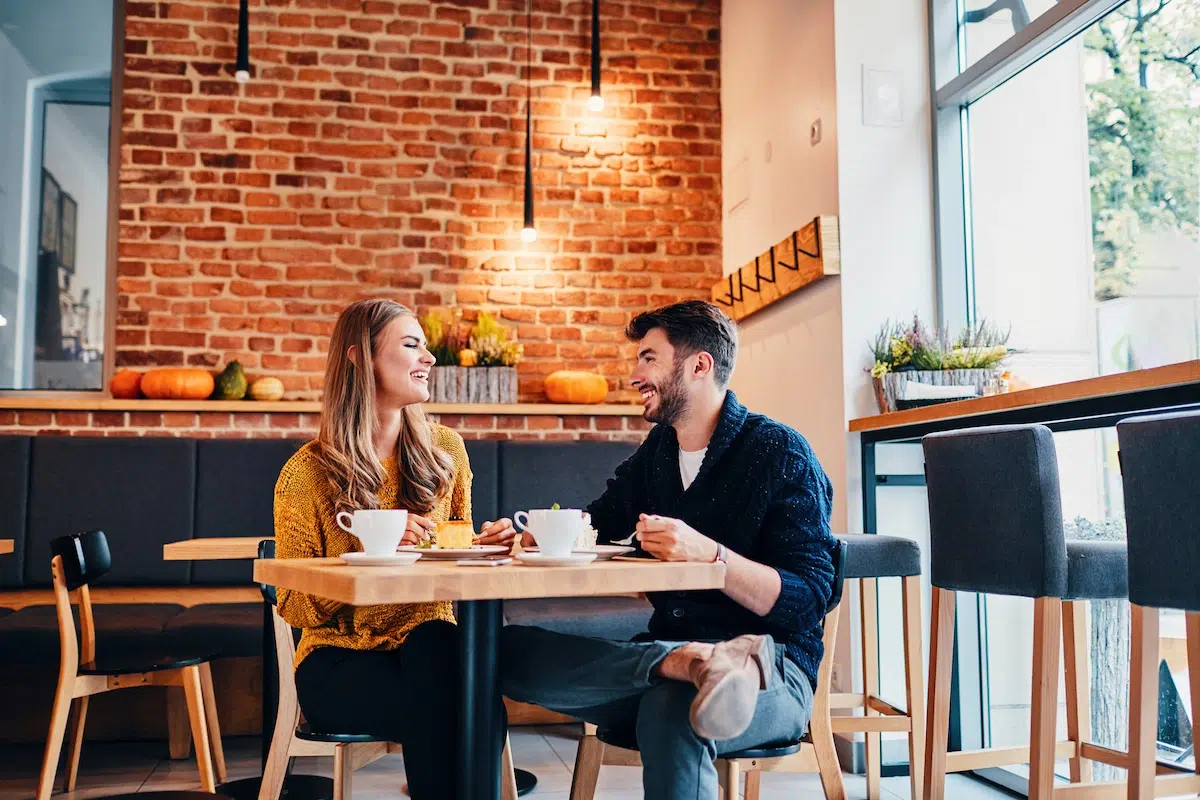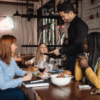Guests like to be remembered, and you can make them feel welcomed by personalizing the guest experience. In the age of information, it’s easy for restaurants to track a customer’s order history, menu preferences, and even dietary restrictions. Cloud reporting makes the process of personalizing the guest experience both constant and streamlined. Restaurant operators can routinely review their guests’ spending habits, and update business practices accordingly.
This practice is good for business in two important ways. First, it maximizes profits by letting you focus on the most lucrative aspects of your business. If most of your guests order sandwiches, but you only sell one brownie every week, maybe it’s time for you to focus on entrees and step back from desserts. At the same time, this ongoing process shows customers that you care about their needs. Making them feel heard will boost loyalty and help you build strong long-term relationships.
Personalize the Guest Experience
A little staff training can go a long way toward making guests feel welcome. Encourage hosts and servers to learn your customers’ names, so they can greet them every time they come in. Remembering their order history will also make them feel welcome, while simultaneously making it easier for servers to up-sell menu items they might enjoy.
These practices also let restaurant operators prepare for rush periods and schedule staff accordingly. Review your Point of Sale (POS) data to see how many customers come in at every time of day. If your busiest hours are from 12-3 pm, you might want to schedule a shift that runs from 1-4, so there’s not a massive changeover of employees in the middle of the lunch rush. On the other hand, if you experience a steady stream of snackers all day, with short peaks around meal times, you might only need a few servers at a time.
It’s That Time Again
When do most of your guests order online? Connecting with customers via email or social media is a great way to remind them they can rely on you. You can encourage your guests to sign up for your restaurant’s newsletter that lets them know about menu specials and events that are happening. Posting pictures on Instagram of your entree special can also encourage guests to stop by and try something new.
Loyalty programs are also useful for repeat customers and allow you to personalize the guest experience. If they can expect a free drink or appetizer with the 10th meal they order, they’re more likely to keep coming back. These strategies also build goodwill among regulars and encourage them to spread the word to their friends.
Response Ability
78% agree that a restaurant’s response to reviews should be personalized. Stay connected to your customers’ opinions on Yelp, Google, and other review sites. This valuable information empowers you to make changes that will improve guest loyalty over time. What’s more, review sites offer the opportunity for you to reach out to guests directly. Whether you’re offering a free entree as an apology for a bad experience or taking note of a guest who comes in every day and adores your coffee, you can learn a lot about your customers’ habits. This information will grow more valuable as your restaurant expands, helping you make decisions about your ongoing priorities as a business owner.
These suggestions are just the beginning. How does your restaurant personalize the guest experience? Connect with Mad Mobile on Facebook or Instagram to let us know!







